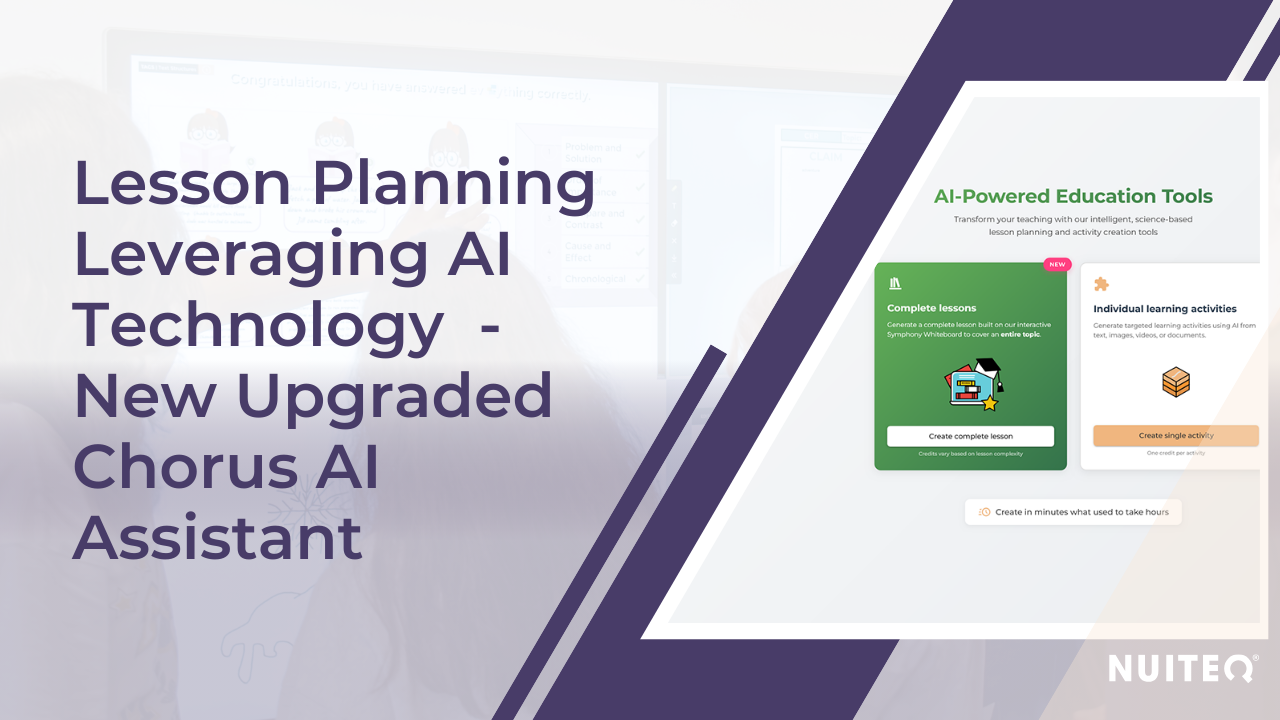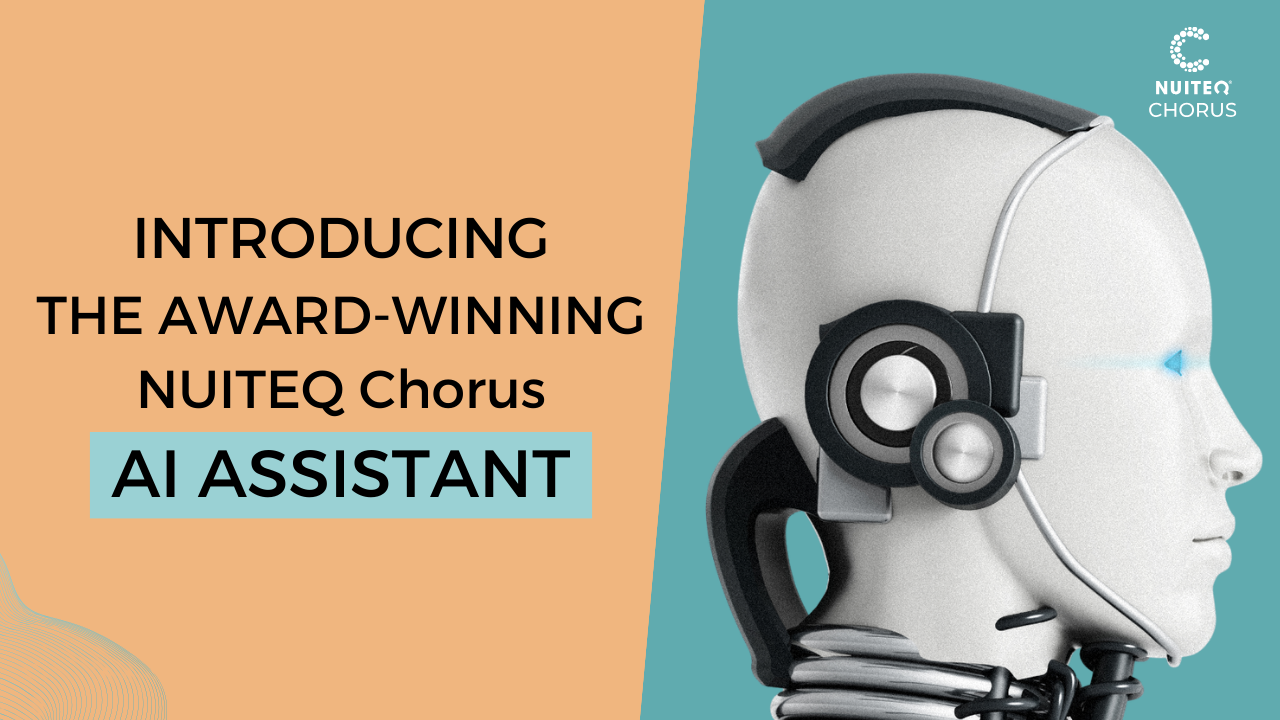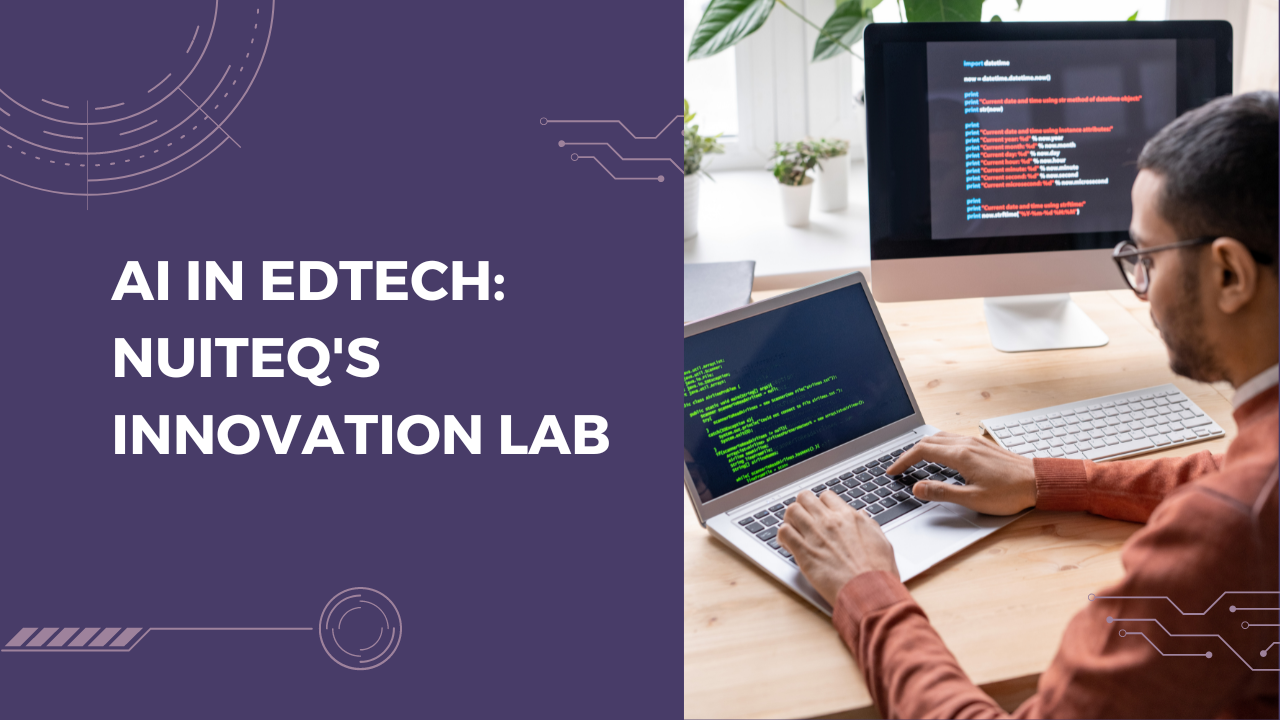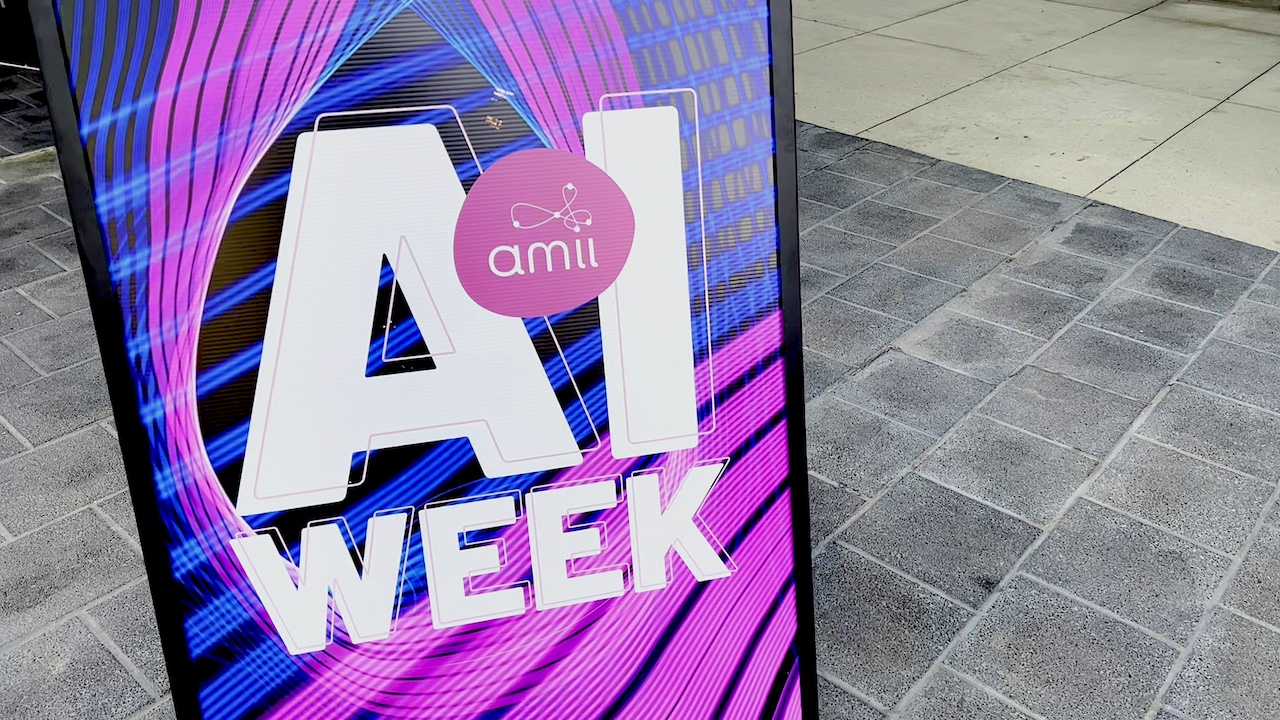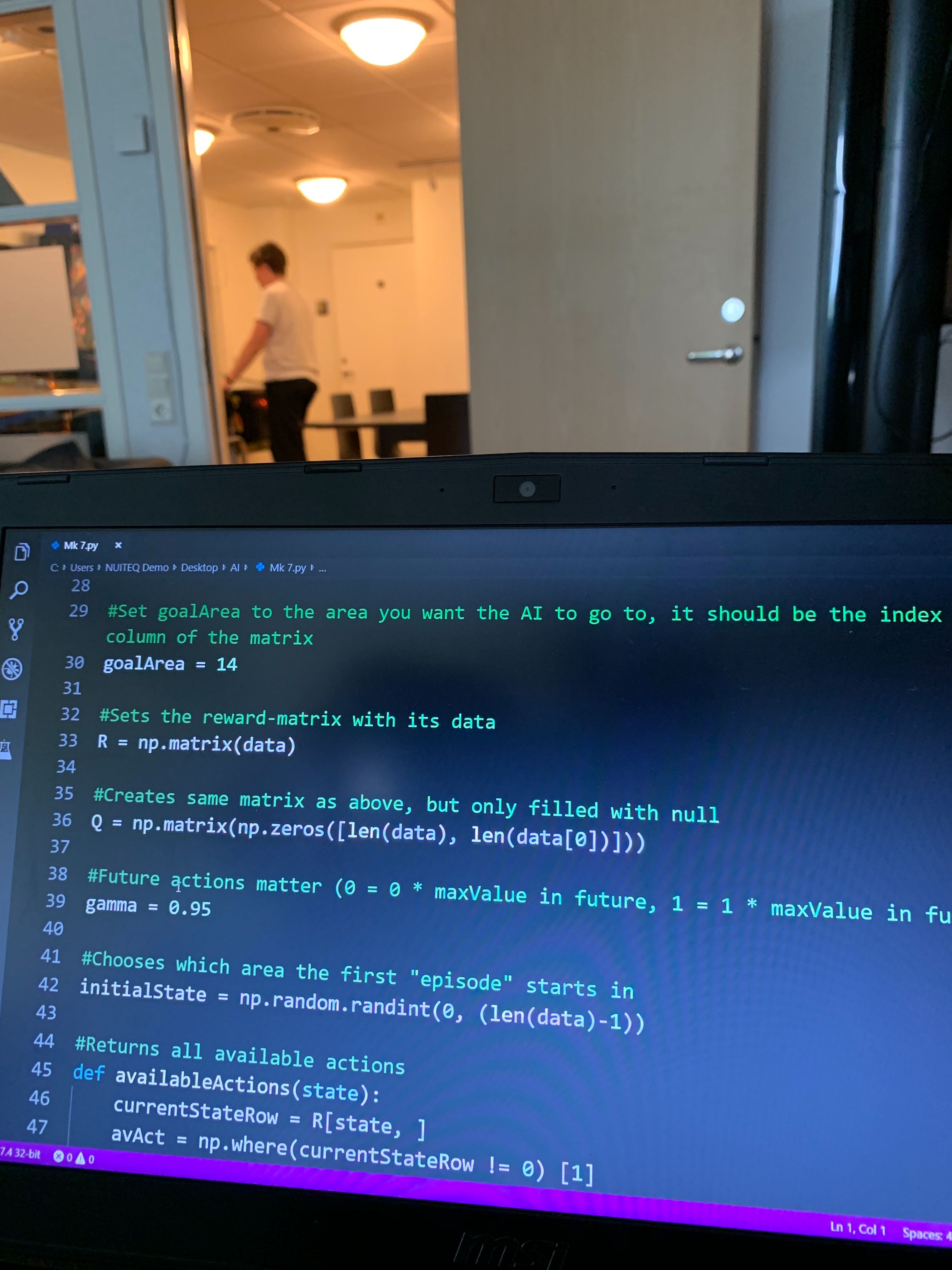Throughout history, technological progress has been met with skepticism. Every groundbreaking invention has faced its share of critics, ranging from mild questioning of its purpose to outright resistance and hostility. This pattern is as old as time. While some inventions have faded into obscurity after failing to prove their worth, others—like electricity—have become indispensable to modern life.
Today, we see this dynamic play out in the realm of education, where technology is simultaneously embraced and resisted. Even the so-called “digital natives” of younger generations are beginning to question their reliance on technology, embracing concepts like digital minimalism, where they’re trying a more straightforward and more conscious approach to digital tools. It’s not about excluding technology but adapting and personalizing it to their own needs.
In the rapidly evolving landscape of Generative AI, however, the boundaries are shifting. The notion of “digital natives” may already be outdated. As one article aptly put it, in this era of unprecedented technological advancement, “we are all digital immigrants now”. And unlike traditional tools like image editing software or word processors that simply do what we ask, AI presents a unique challenge: it operates unpredictably, sometimes producing text or images that lack accuracy or nuance. This makes critical thinking and fact-checking essential skills for anyone working with AI.

Generative AI: A New Tool for the Classroom
While the unpredictable nature of AI might be a drawback in some contexts, there’s no denying its potential as a time-saver and creative aid—particularly in education. A recent research trial conducted in England found that teachers using Generative AI tools reduced their lesson and resource planning time by an average of 30 percent compared to their peers. This isn’t just a theoretical benefit, either: nearly half of the teachers involved in the study reported using AI tools regularly in their work.
So why, then, does technology’s role in schools seem so contradictory? On one hand, we see schools banning mobile phones due to their potential for distraction. On the other hand, educators are increasingly adopting AI tools for their utility and efficiency. The answer lies in the nature of the tools themselves and how they are used. Mobile phones, often used for social media and games, are more likely to distract than enhance learning. In contrast, Generative AI’s utility in lesson planning and content creation makes it a valuable ally for educators.
But Generative AI isn’t just about saving time. It also offers an opportunity to teach essential 21st-century skills, such as critical thinking, creativity, and communication. Because AI requires users to provide clear, precise prompts, students must reflect on how they communicate and what they aim to achieve. This interaction fosters a deeper understanding of language and intent. Meanwhile, AI can help students explore new forms of artistic and creative expression, pushing the boundaries of what they thought was possible.
Additionally, AI can promote accessibility in education by providing tools that support diverse learning needs. For instance, AI-powered applications can generate transcripts for students with hearing impairments, provide real-time translations for multilingual classrooms, and adapt content to suit various learning paces and styles. By breaking down barriers, AI ensures that education becomes more inclusive and equitable for all learners.
.png?width=600&height=338&name=students%20excited%20about%20AI%20(1).png)
The Broader Picture: Preparing for the Future
The importance of AI in education extends beyond the classroom. It reflects broader societal efforts to stay at the forefront of technological advancement. The UK government, for example, has been vocal about its commitment to integrating AI across various sectors. As Cabinet Office Minister Pat McFadden stated, “The truth is, you can’t just opt out of this. Or if you do, you’re just going to see it developed elsewhere.” This acknowledgment of AI’s inevitability underscores the need to engage with these tools rather than resist them.
In this new digital landscape, teachers play a pivotal role as guides. Their open-mindedness and curiosity can set the tone for how students navigate the complexities of an AI-driven world. By embracing Generative AI and other emerging technologies, educators can prepare students for a future where adaptability, critical thinking, and creativity will be more important than ever.
.png?width=600&height=308&name=Screenshot%202024-12-10%20at%2013-48-48%20NUITEQ%20Chorus%20AI%20Assistant%20(2).png)
Conclusion: The Balance Between Skepticism and Progress
Skepticism toward new technology is natural and often justified. It forces us to question how we use these tools and whether they genuinely improve our lives. However, history has shown that resistance to technology must be balanced with curiosity and a willingness to adapt. Generative AI, while not without its challenges, offers immense potential to enhance education and equip students with the skills they need to thrive.
In a world where we are all digital immigrants, the responsibility to explore and integrate these technologies thoughtfully rests with educators, students, and society at large. By doing so, we can ensure that technological progress remains a force for good, shaping a future where both innovation and critical thinking coexist harmoniously.
Ready to see how AI can support your teaching? Try our AI Assistant today and experience how it can empower educators, inspire learners, and save time.

 3-in-1 Mic
3-in-1 Mic

